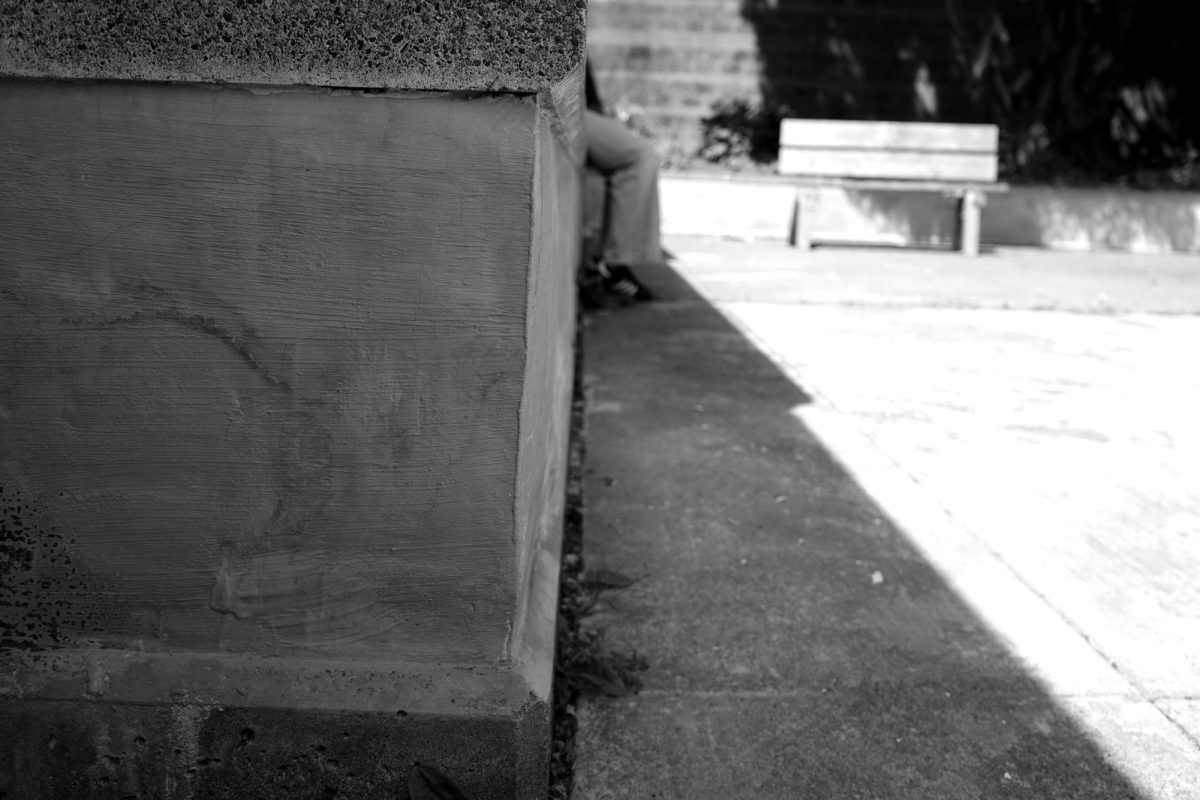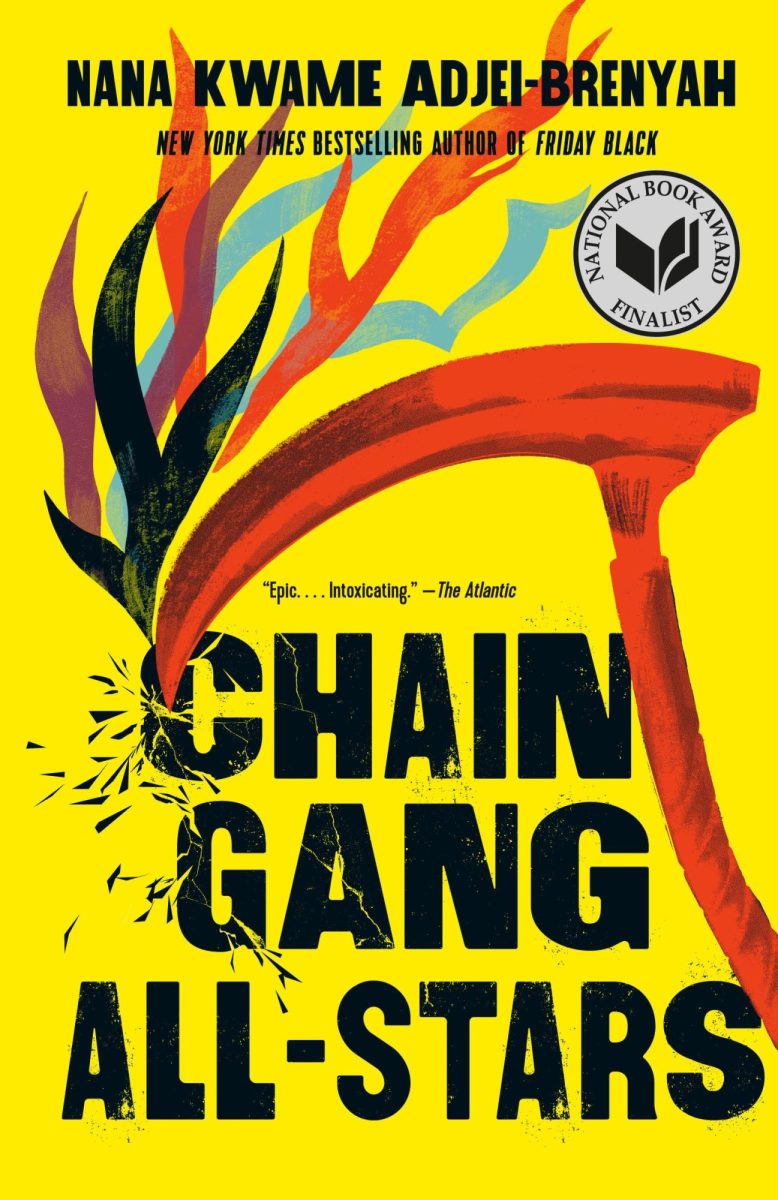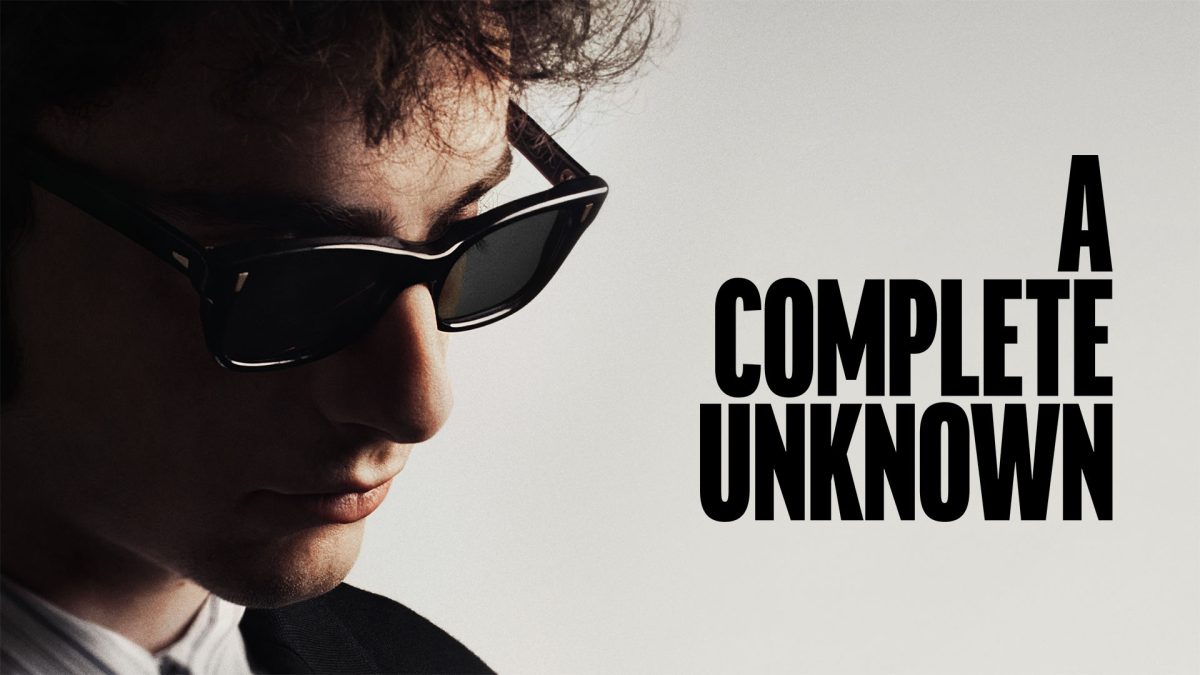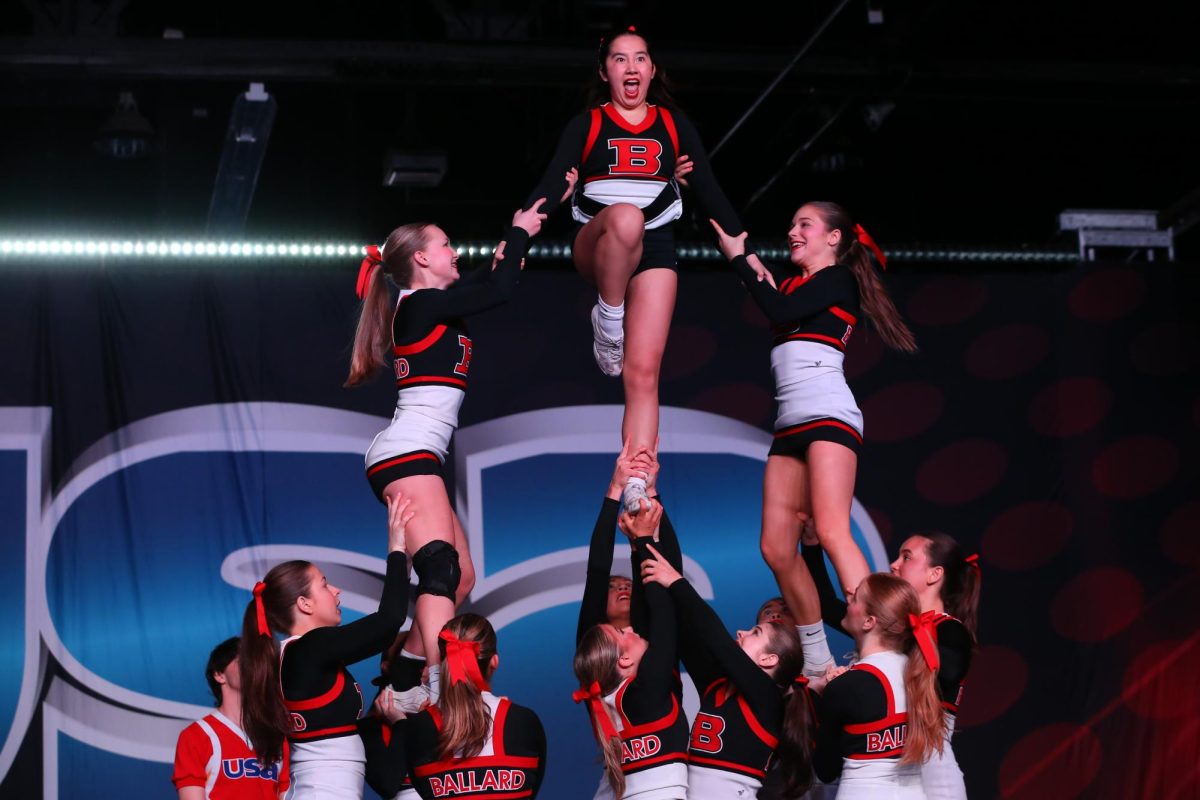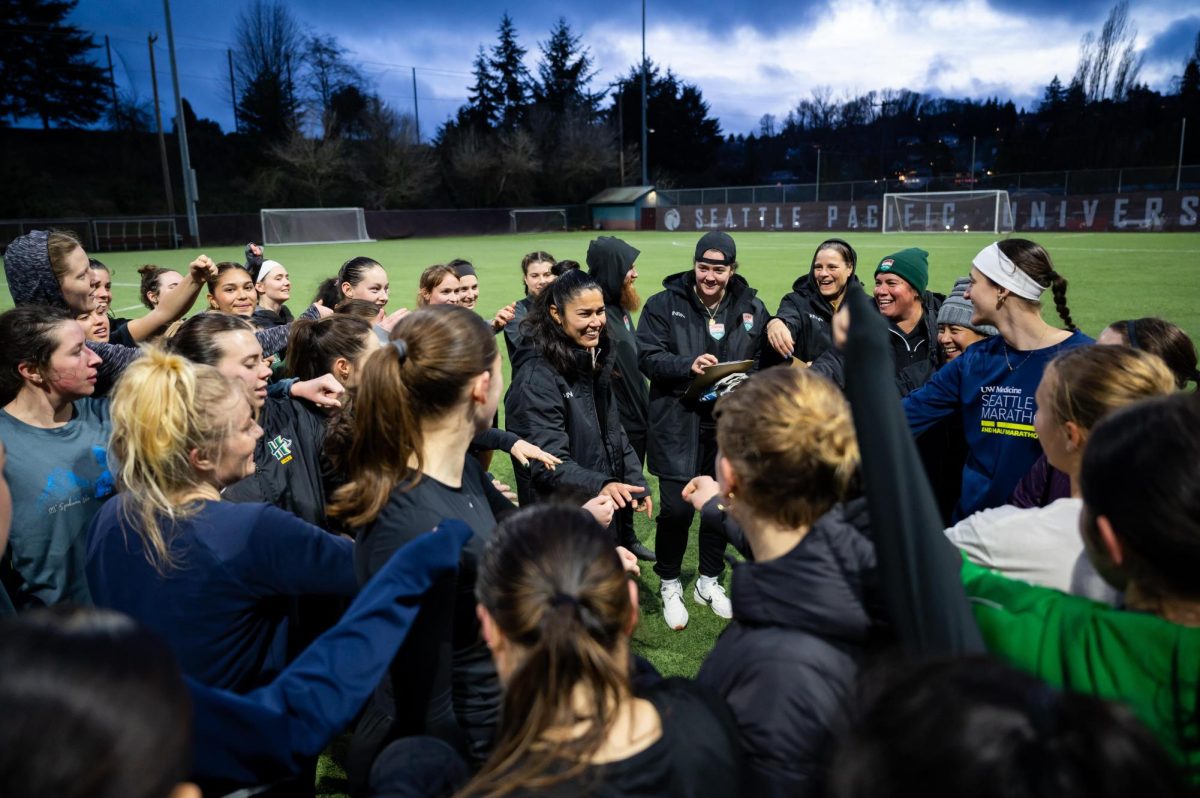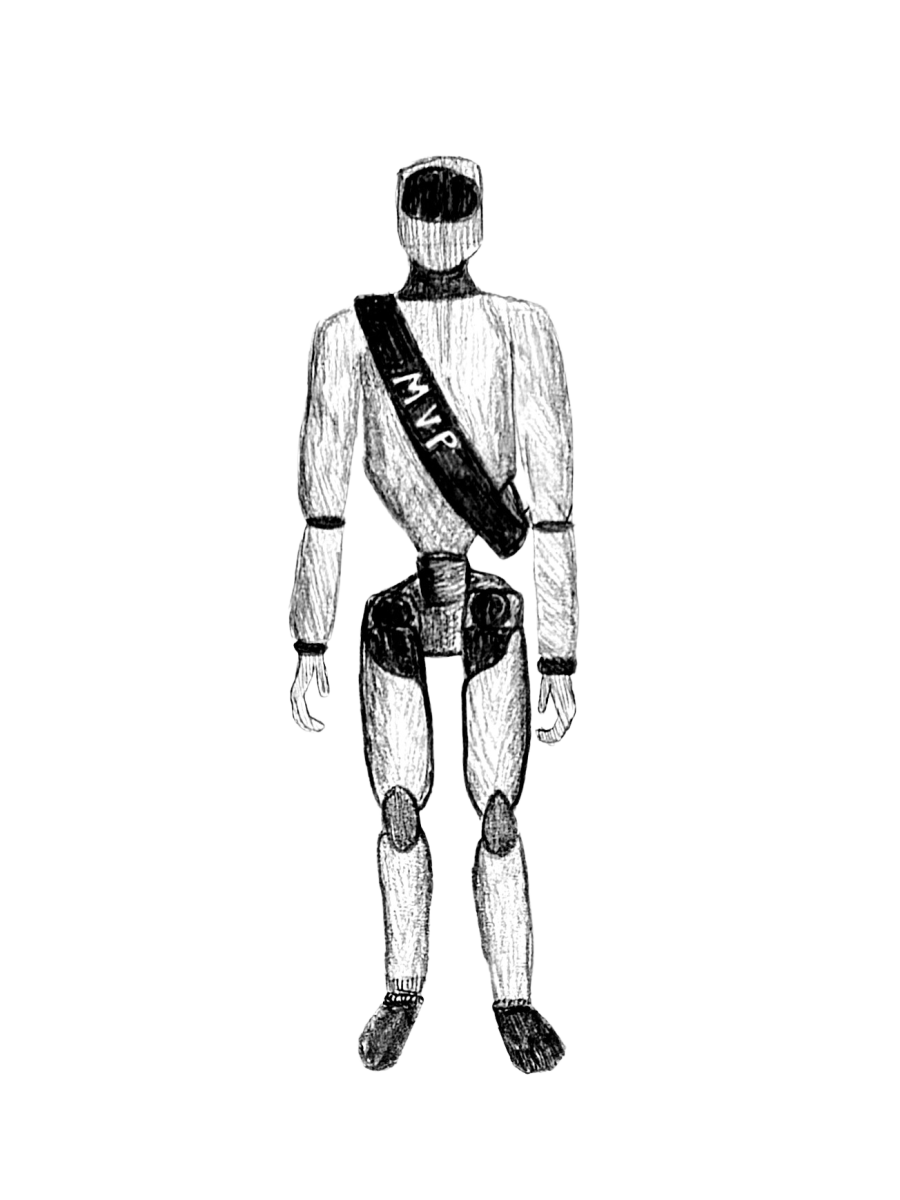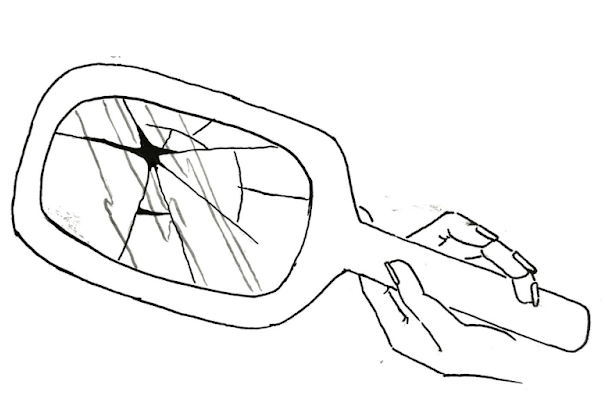The “clean girl” aesthetic was first popularized on the app Tiktok back in 2022 and has since taken the world of beauty and fashion by the reins. The trend follows a more laid-back style, consisting of lighter makeup, minimalist outfits and simple hair to create a look of low-effort elegance. While this might seem like a good step in relaxing beauty standards, the clean girl aesthetic is a cause for concern.
One of the main components of this trend is the idea of “no-makeup makeup.” At first glance, it seems great, signaling a shift away from the heavy perfectionist beauty trends of years past, and seemingly celebrates natural beauty. Like many parts of the clean girl aesthetic, the goal is to look “natural but better,” glamour without doing anything or looking like you put any effort in. Many will use contour, conceal eye bags, discoloration and more in ways that are meant to be undetectable. The result is that this trend is effectively replacing the idea of natural beauty with a manicured one.
You would think clean girl beauty might also be “clean” in an environmental sense; low amount of effort, low amount of products and low amount of consumption. Nope. Shockingly there are quite a few more elements than one would expect for a supposedly low-maintenance look. Not to mention, they’re typically quite expensive. Influencers of this trend boast expensive high-end skincare and makeup products, with prices nearing $50 an item from brands like Rare Beauty, Drunk Elephant, Rhode and Olaplex. Many of the popularly chosen brands for this aesthetic are celebrities’ creations, the followers seemingly pursuing a look of casual wealth.
Another example of this evolving beauty standard is Kim Kardashian’s newest Skims product, the nipple bra. The nipple bra is pretty much what it sounds like- one with built-in nipples. Kardashian’s brand Skims has gained popularity for its shapewear as well as body positivity messaging. The nipple bra seems to go against that.
While this bra is also a result of the popularity of shapewear and the desire for thinness in women’s fashion, it also ascribed to the principles of the clean-girl trend. It would be understandable if the bra was marketed towards people with atypical chests, such as breast cancer and reconstruction patients, but the main point of the bra’s marketing is simply that you’ll always have hard nipples. It creates the illusion of not wearing a bra but still has the effects of shaping and padding, resulting in an augmented natural look.
Clothes play a big role in this polished look as well, with most outfits being a mix of modern and classic styles. An emphasis has been placed on elevated lounge and athletic wear made classy through accessories and the pricetag. It comes with very little surprise, that almost all of the popular “clean-girl” influencers and figureheads are young, thin white women, with little variation. As we’ve seen in Western media and culture, fatness is typically associated with uncleanliness, and this trend is no different.
Additionally, many elements of the look, such as slicked-back buns, nude glossy lips, and hoop earrings have been a part of Black and Latina fashion for many decades. What was treated as cheap and trashy when worn by members of those communities is now seen as elegant and chic when worn by white influencers. As we try to take steps forward culturally with the body acceptance and positivity movements, and diversifying societal beauty standards, we must look at the trends we are popularizing and the impacts they have. Intentional or not.



